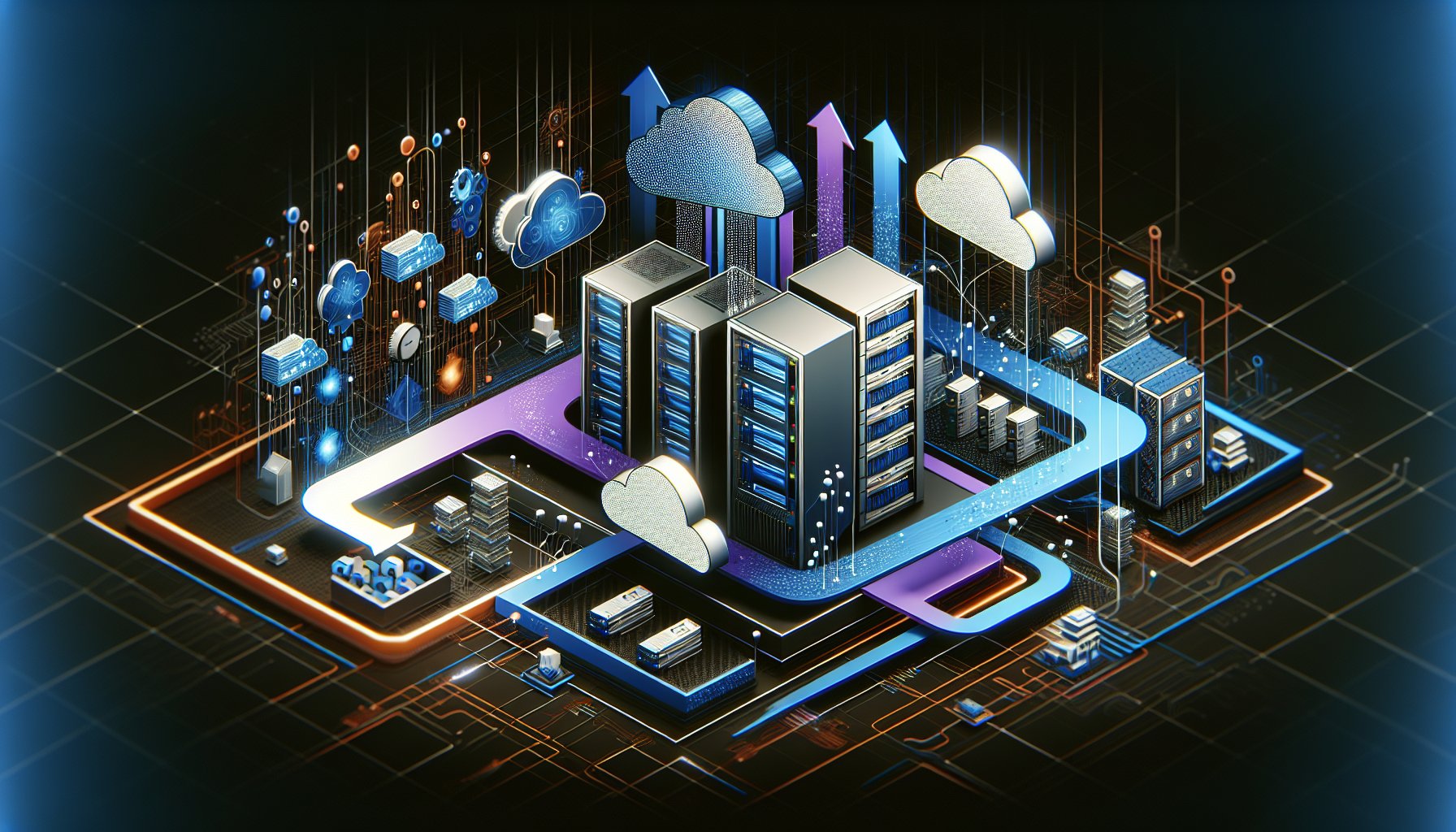Introduction
As we move further into the age of digital transformation, DevOps continues to be a critical driver in delivering high-quality software quickly and efficiently. Today, we will delve into the future of DevOps, exploring the latest trends, tools, and practices that are shaping the industry in 2025 and beyond.
Continuous Integration and Continuous Deployment (CI/CD)
CI/CD practices continue to evolve, with the increasing adoption of AI and machine learning to automate testing and deployment. For example, new tools like AI-CDOps leverage artificial intelligence to predict potential issues and automate solutions, allowing teams to deliver software more quickly and efficiently than ever before.
Microservices Architecture
Microservices continue to be a game changer in DevOps. By breaking down applications into smaller, independent services, teams can develop, test, and deploy each service independently, improving speed and productivity. Amazon's AWS Lambda and Google's Cloud Functions are leading the way, offering serverless computing that allows developers to run code without managing servers, further improving efficiency and scalability.
Infrastructure as Code (IaC)
IaC has become a cornerstone of modern DevOps practices. Tools like HashiCorp's Terraform and Google's Cloud Deployment Manager allow developers to manage and provision their infrastructure through code, making the entire process more efficient, scalable, and reliable.
Artificial Intelligence in DevOps
AI is not only reshaping CI/CD, but also transforming other areas of DevOps. AI-powered predictive analytics tools are helping teams anticipate issues before they occur, while AI-based automation tools are improving efficiency and reducing human error. IBM's Watson AIOps is leading the way, using AI to automate IT operations and improve software quality.
Future Trends
Looking towards the future, we can expect further integration of AI in DevOps, along with an increased focus on security (DevSecOps), and the rise of AIOps. The adoption of edge computing is also expected to reshape DevOps, bringing computation and data storage closer to the source of information and reducing latency.
Conclusion
In the fast-paced world of IT, staying up-to-date with the latest DevOps practices is crucial. By embracing CI/CD, microservices, IaC, and AI, businesses can improve efficiency, speed, and quality in their software development processes. Looking ahead, the continued integration of AI and the rise of edge computing will continue to shape the future of DevOps.
By staying at the forefront of these trends and adopting cutting-edge tools and practices, developers and IT professionals can ensure they are well-equipped for the future of software development.
